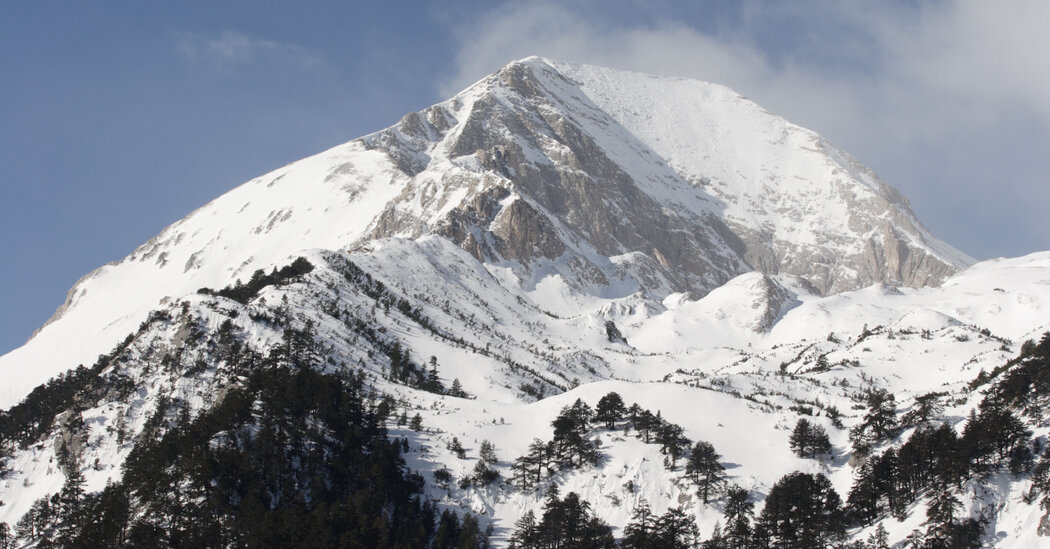Discovering evidence of deadly deluges of snow from the past could help protect people on mountains around the world, researchers say.
A rumble, a deluge of snow and then silence — avalanches can be deadly, but they often leave behind little enduring evidence of their passage. Now, researchers have turned to tree rings to reconstruct records of avalanches past.
By analyzing the wood of hundreds of living pine trees near a ski resort in Bulgaria, a team of scientists found evidence of dozens of large avalanches that struck the area over two centuries. Understanding the frequency of potentially destructive avalanches can inform risk-management efforts and land-use planning, the researchers suggest. They published their results in the journal Dendrochronologia in June.
The Pirin Mountains in southwestern Bulgaria are home to old-growth forests of pine and fir trees. Many of the trees have been standing for centuries, but some have steeply leaning trunks while others bear conspicuous scars such as broken branches.
“They have certain signs that they were damaged in the past,” said Momchil Panayotov, one of the authors of the study and a dendrochronologist at the University of Forestry in Sofia, Bulgaria.
That damage, many researchers believe, was inflicted by avalanches. The mechanical impact of snow rushing downslope can severely damage a large tree and even uproot it entirely. But visible damage doesn’t reveal when exactly an avalanche occurred, which is important for reconstructing records of the dangerous events. To determine when and where avalanches have occurred in the Pirin Mountains, Dr. Panayotov and Nickolay Tsvetanov, also an author of the study and a dendrochronologist at the University of Forestry, turned to tree rings.
Trees that experience an avalanche develop telltale signs in their rings, Dr. Panayotov said: “The survivors keep the record.”
